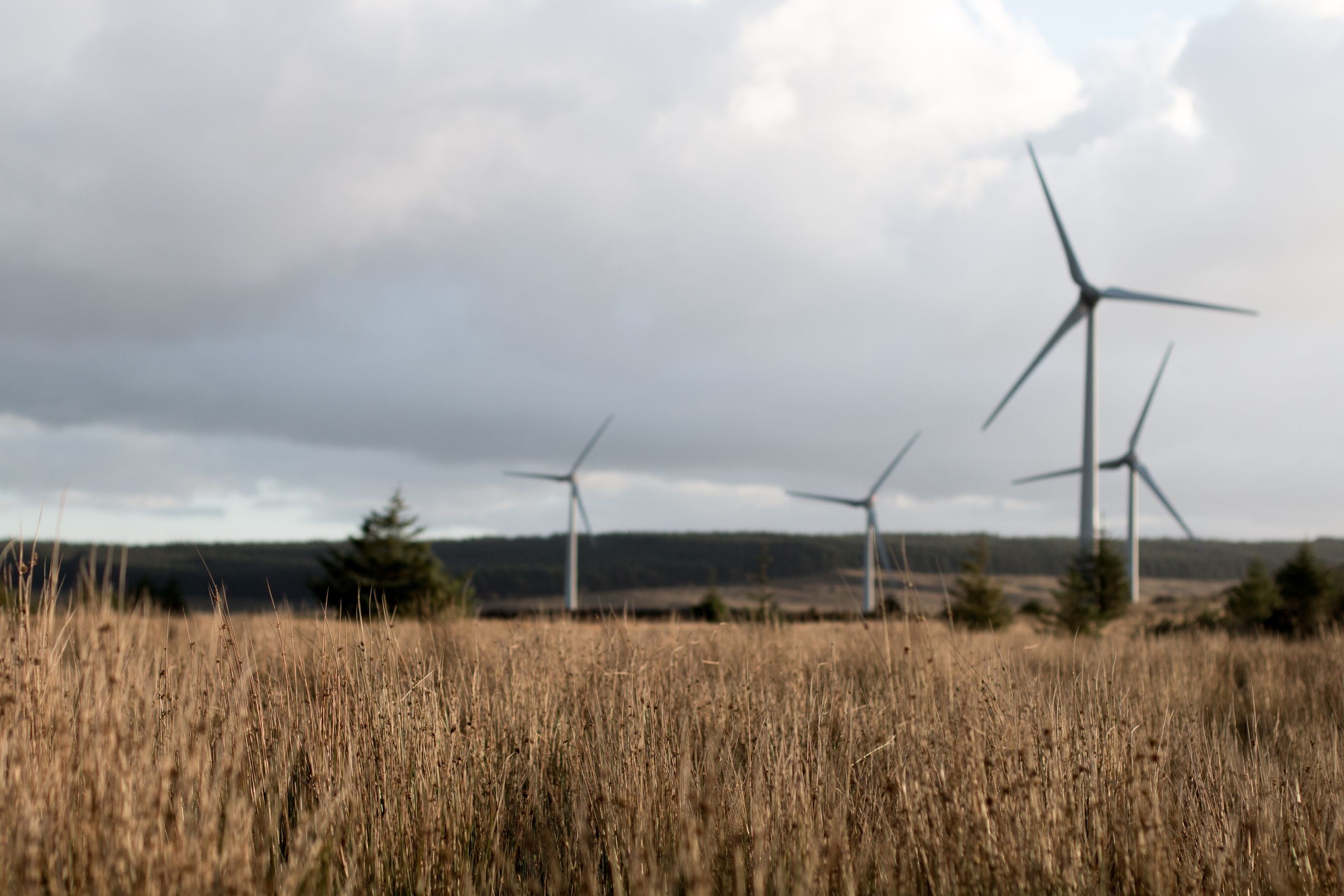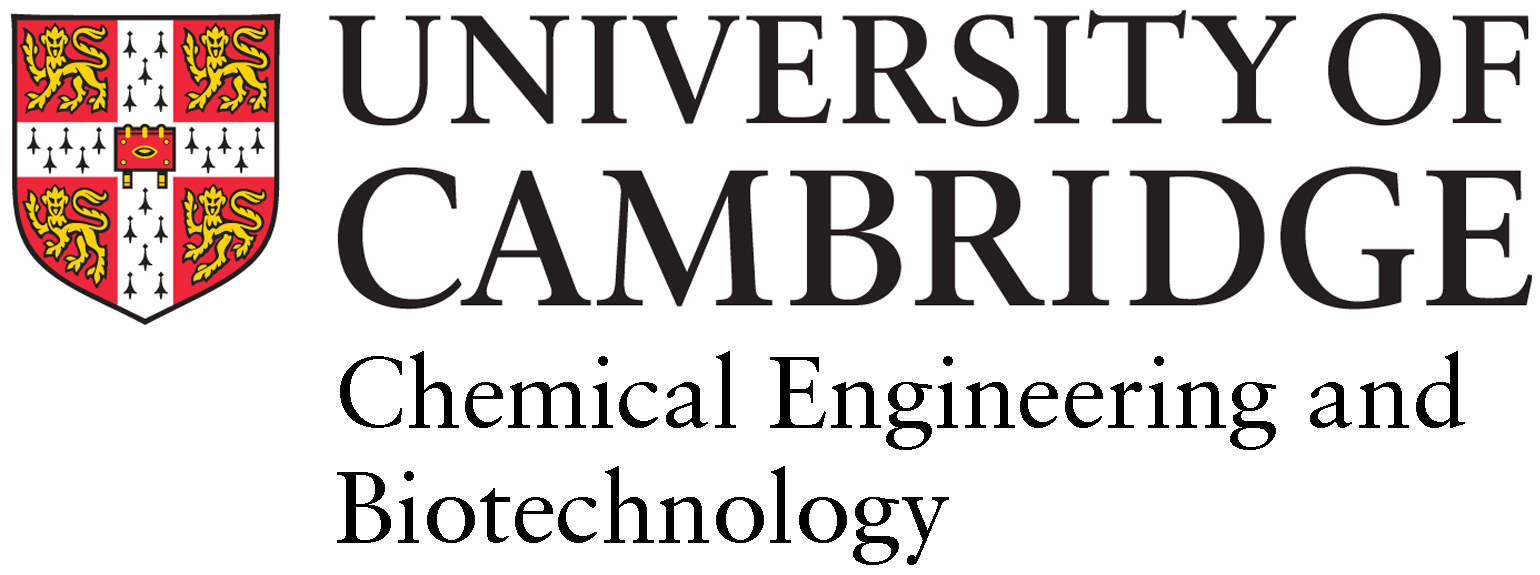Redefining the Haber-Bosch loop
New research shows single vessel synthesis and separation of ammonia

Researchers from our Catalysis and Process Integration group, led by Dr Laura Torrente, have developed a new way to produce ammonia. The new system redefines the century old Haber-Bosch process within an energy landscape shifting to renewables, where ‘green ammonia’ will have a role as a long-term energy vector.
The research, published in Advanced Energy Materials, provides the proof-of-concept for a process tailored to be powered solely by intermittent and geographically isolated renewable energy, by combining ammonia synthesis and separation in a single vessel – leading to low-capital and fast response.
Industrial ammonia production is responsible for feeding 50% of people on Earth through fertilisers, but is also responsible for over 2% of global CO2 emissions. The Haber-Bosch process, that produces ammonia by combining nitrogen and hydrogen, was developed in the early 20th century. It is highly optimised and integrated but relies on the use of fossil fuels as both the hydrogen and energy source, producing what is called ‘brown ammonia’.
By shifting to renewable energy, with hydrogen derived from water, and nitrogen from air, the optimisation constraints change, as described in previous work by the group published in Energy and Environmental Science.
Renewable energy is isolated and intermittent, not centralised and continuous as required by the conventional Haber-Bosch process. Therefore, a new process is required for renewably-derived ammonia – known as ‘green ammonia’.
By combining ammonia synthesis and separation in a single vessel, the need for a large recycle loop and heat exchange between the conventional reaction (run at temperatures above 400°C) and separation (condensation that requires temperatures below 0°C) is removed, leading to a low-capital and agile process.
"We’re not trying to replace the conventional ammonia production on the same terms. We’re looking to distributed units that are lower capital, more agile and fitting for renewable energy"
This proof-of-concept system combines two novelties: a cheap manganese (II) chloride (MnCl2) absorbent, to separate ammonia at high temperatures, and a modified ruthenium catalyst to achieve high activity at low-temperatures, avoiding hydrogen poisoning.
With a feasible process for making ‘green ammonia’ from renewable energy, the role for ammonia in the 21st century expands from sustainable fertiliser to long-term energy storage.
In recent years, ammonia has gained a lot of interest as a potential way to store hydrogen for use as an energy source. Due to significant seasonal and regional misalliance between renewable energy supply and demand, feasible storage and transport of energy is required to achieve parity. Easily stored as a liquid near ambient conditions and with millions of tonnes already transported around the globe, ammonia is poised to be the foundation of the global hydrogen economy.
The group thinks this future ammonia industry integrated with a hydrogen economy will look very different than it does today. “We’re not trying to replace the conventional ammonia production on the same terms,” explains Collin Smith, PhD student and first author of the paper. “Because we’re operating under different constraints, we’re looking to distributed units – not gigantic plants – that are lower capital, more agile and fitting for renewable energy.”
Read the full paper
Smith, C., Torrente‐Murciano, L., Exceeding Single‐Pass Equilibrium with Integrated Absorption Separation for Ammonia Synthesis Using Renewable Energy—Redefining the Haber‐Bosch Loop. Adv. Energy Mater. 2021, 2003845.
Find out more about ammonia as a potential energy source in our free, public event for the Cambridge Festival:
Fuel of the future
One drop of liquid ammonia has roughly the same energy content as an entire balloon of hydrogen gas. Joseph and Collin, researchers from the Department of Chemical Engineering and Biotechnology are studying how to harness this energy and make ammonia the ‘fuel of the future’.


